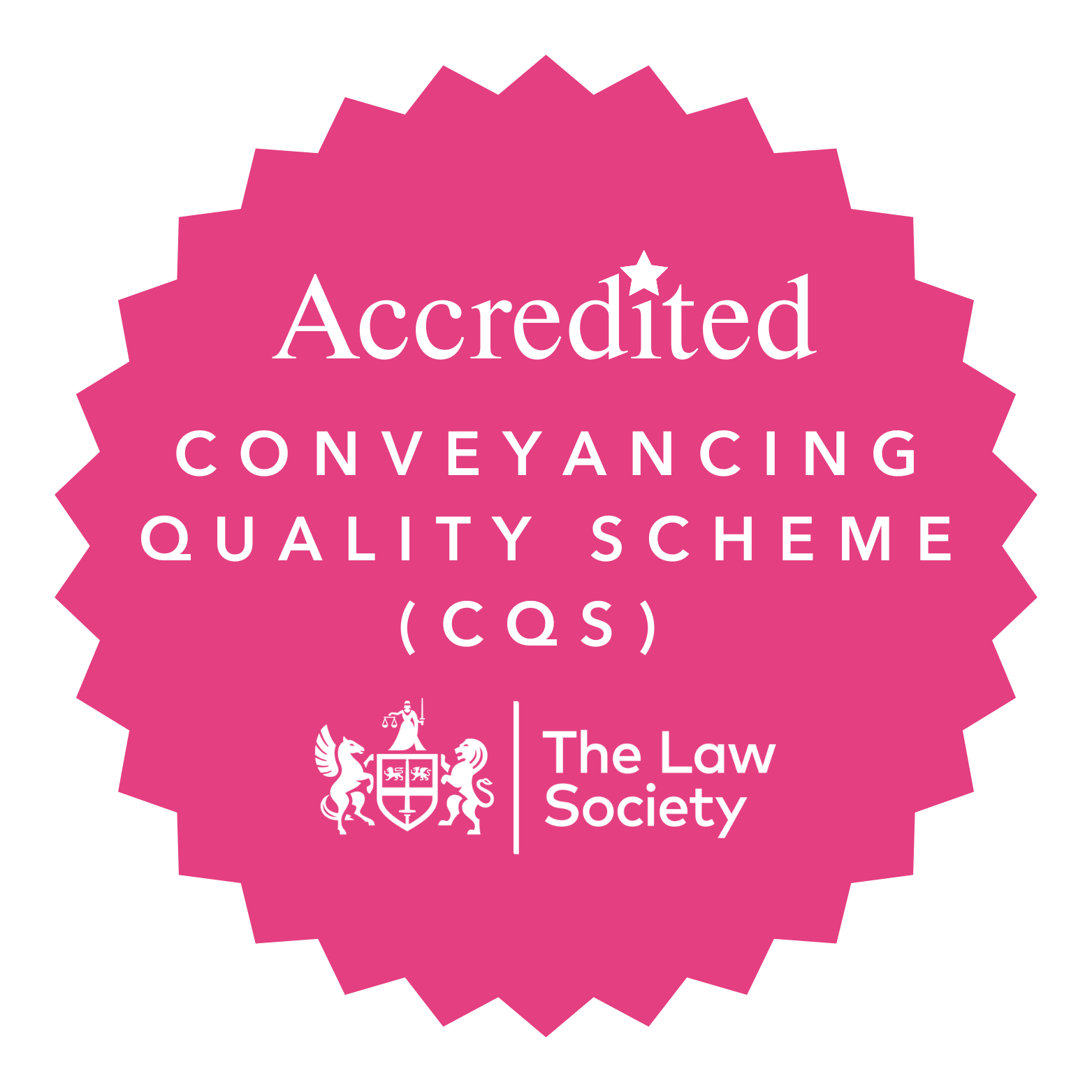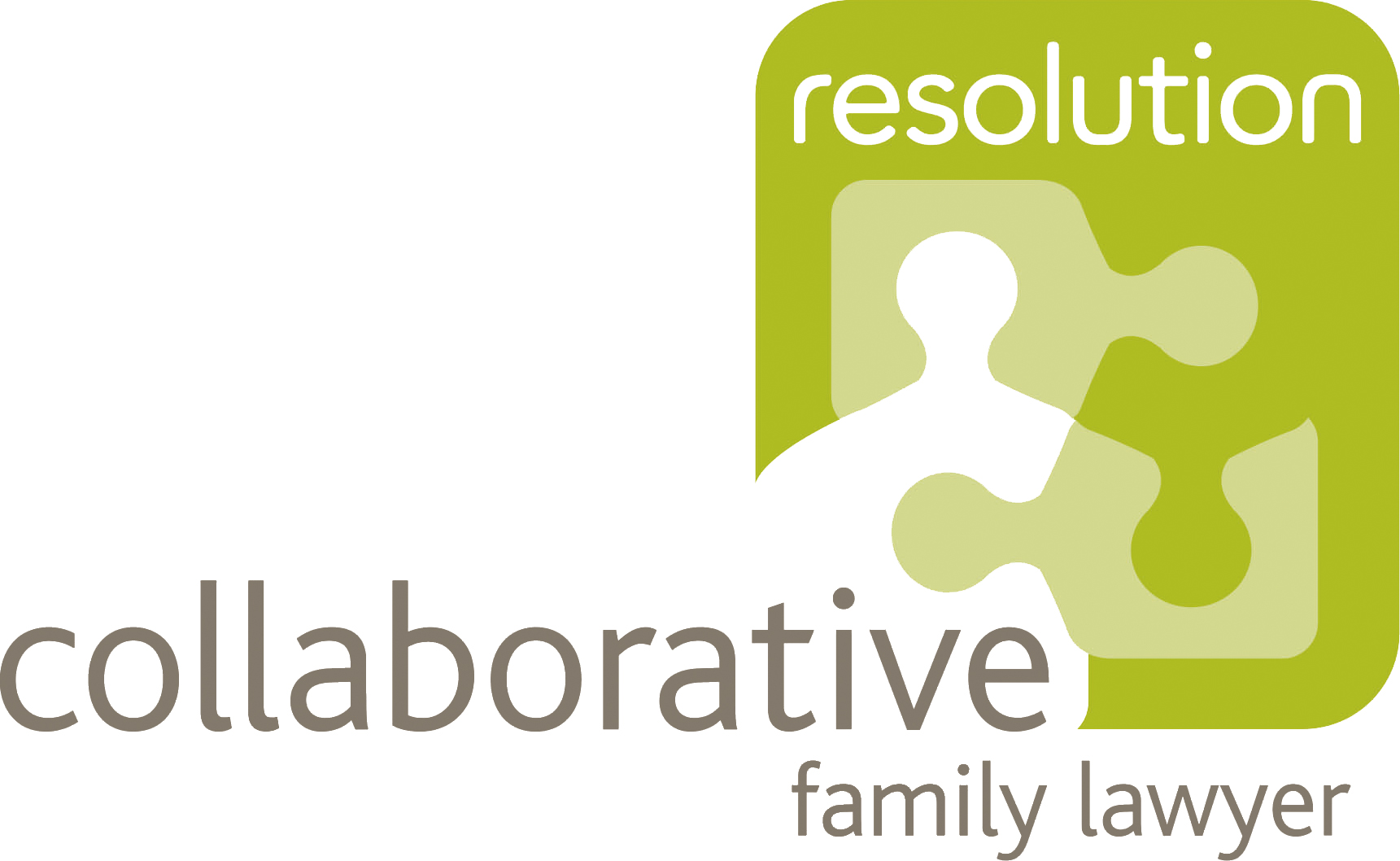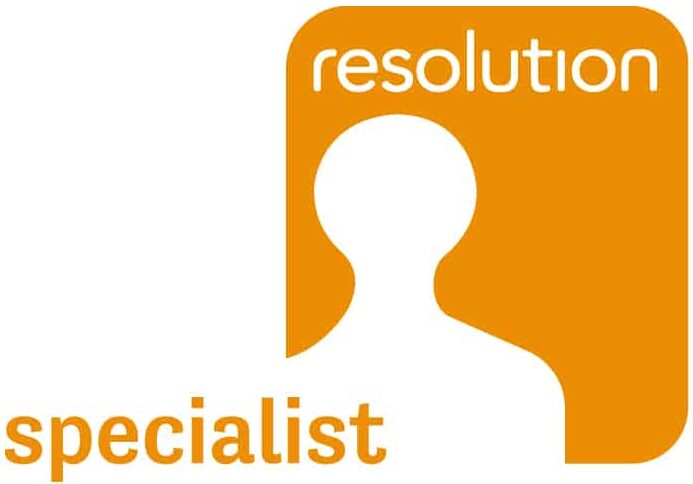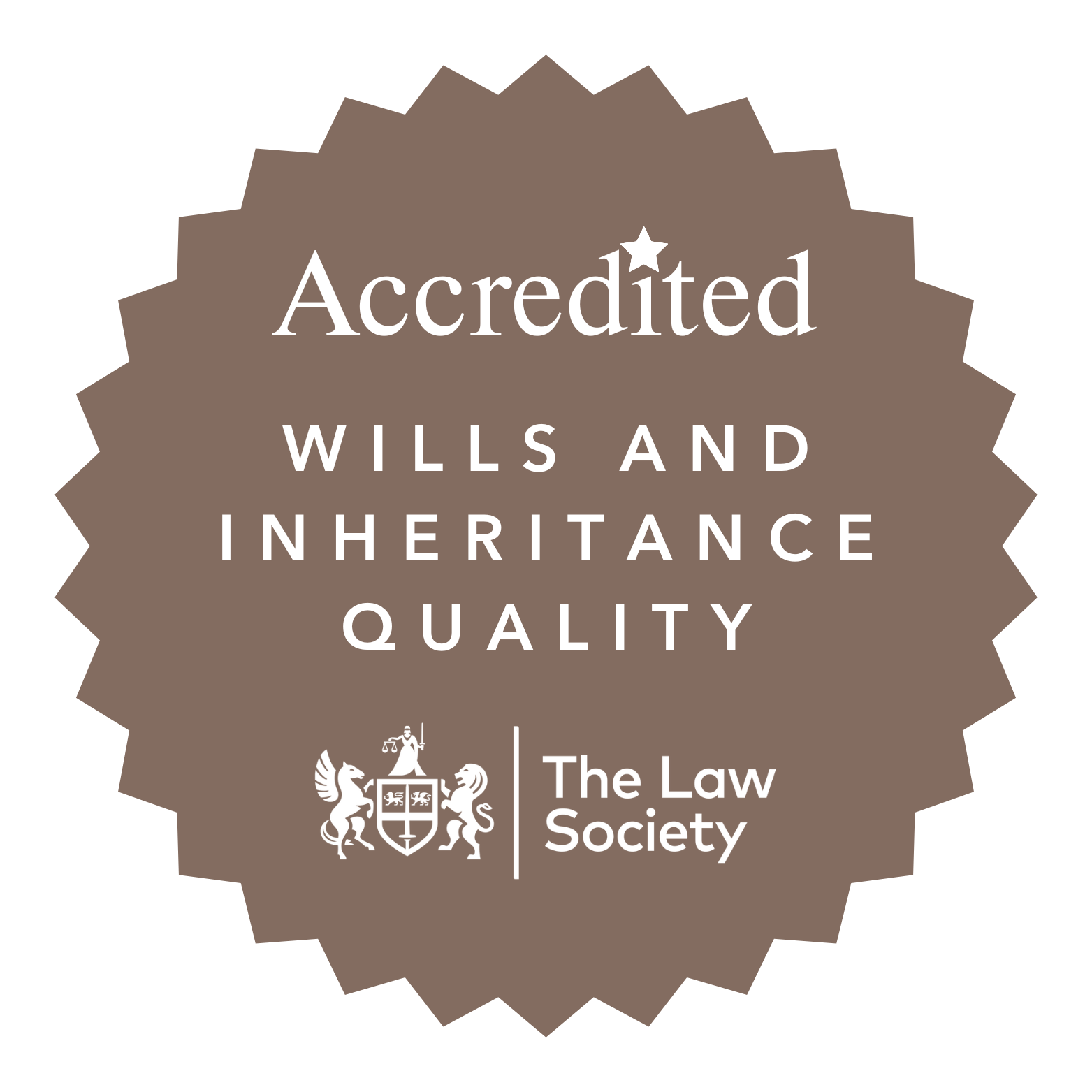Converting a commercial property into a residential space can be a lucrative investment, but it involves several legal and practical considerations. Here are seven crucial things to look out for.
1. Planning Permission and Permitted Development Rights
Understanding whether your property conversion falls under Permitted Development Rights (PDR) is crucial. PDR allows certain changes without planning permission, but it is essential to confirm if your project qualifies. The current user class designation will be relevant, together with the property’s location, size, and the extent of alterations.
- Action Point: Consult with the local planning authority (LPA) to determine if your project qualifies for PDR and understand any prior approval requirements.
2. Building Regulations Compliance
Conversions must comply with building regulations to ensure safety, health, and energy efficiency. These regulations cover structural integrity, fire safety, insulation, ventilation, and accessibility.
- Action Point: Engage a qualified architect or surveyor to guide you through the building regulations approval process. Consider getting a building control officer involved early on.
3. Local Planning Policies and Restrictions
Local authorities may have specific policies or restrictions that could affect your conversion project. These could include conservation area restrictions, Article 4 Directions (which can remove PDR), or requirements for affordable housing contributions.
- Action Point: Research the local planning development plan. It is also wise to seek advice from a local planning consultant.
4. Leasehold Issues and Freeholder Consent
If the commercial property is leasehold, you’ll need to obtain consent from the freeholder for the change of use. This can sometimes involve negotiating new lease terms or paying a premium. Additionally, you should check if the lease itself imposes any restrictions on use or alterations.
- Action Point: Review the lease terms thoroughly and communicate with the freeholder early in the process. Consulting a property lawyer can help navigate this stage smoothly.

5. Financing and Property Valuation
Securing financing for a conversion project is usually more complex than arranging a normal residential mortgage. Lenders will want to see a detailed plan, including cost estimates and timelines. Additionally, understanding the post-conversion value of the property is crucial for assessing the project’s viability.
- Action Point: Work with a financial adviser who specialises in property development to explore your financing options. Consider a valuation from a chartered surveyor to understand the potential value uplift post-conversion.
6. Environmental and Sustainability Considerations
Modern buyers are increasingly concerned with sustainability. Ensuring your conversion meets high environmental standards can make the property more attractive and future-proof. Consider energy-efficient windows, insulation, and sustainable materials. Also, check for any environmental restrictions or requirements that could affect your project.
- Action Point: Incorporate sustainable practices and materials into your design. Consult an environmental consultant to ensure compliance with relevant regulations and to improve the building’s energy performance certificate (EPC) rating.
7. Impact on Neighbouring Properties and Community
Converting a commercial property can impact the local community and neighbouring properties. Issues such as increased traffic, changes in local amenities, and noise during construction should be considered. Engaging with the community and addressing their concerns can help in gaining support for your project.
- Action Point: For larger developments, conduct a community impact assessment and engage with local residents and businesses early in the planning stages. Consider their feedback in you are planning to minimise negative impacts and enhance community support.
Permitted Development Rights (PDR) allow certain types of property changes without needing full planning permission. In the context of commercial to residential conversions, PDR can simplify the process by bypassing the need for a detailed planning application, provided the conversion meets specific criteria outlined by the local planning authority.
Freehold ownership means you own the building and the land it stands on indefinitely. Leasehold ownership, however, means you own the property for a set period (the lease term) but not the land. Leaseholders may face restrictions on property modifications and are usually required to pay ground rent and maintenance fees to the freeholder.
Conclusion
Converting a commercial property to residential use involves navigating various legal, financial, and practical challenges. By understanding planning permission, building regulations, property tenure, financing, utilities, community impact, and legal obligations, you can better manage the conversion process and ensure a successful and compliant project. For more detailed guidance, consult with property professionals and local authorities to tailor your approach to your specific project needs.
Contact us
☎️ Call our Wakefield office on 01924 290 029
☎️ Call our Garforth office on 0113 246 4423
☎️ Call our Sherburn in Elmet office on 01977 350 500
☎️ Call our Mapplewell office on 01226 339 009
☎️ Call our Ossett office on 01924 586 466
The content of this blog post is for information only and does not constitute formal legal advice and should not be relied upon as advice. Thornton Jones Solicitors Limited accepts no liability for any such reliance upon this content. Where the post includes links to external websites, Thornton Jones Solicitors Limited accepts no responsibility for the content of such sites. Any link to a third-party website should not be construed as endorsement by Thornton Jones Solicitors Limited of any content, products or services which are outside our direct control.







